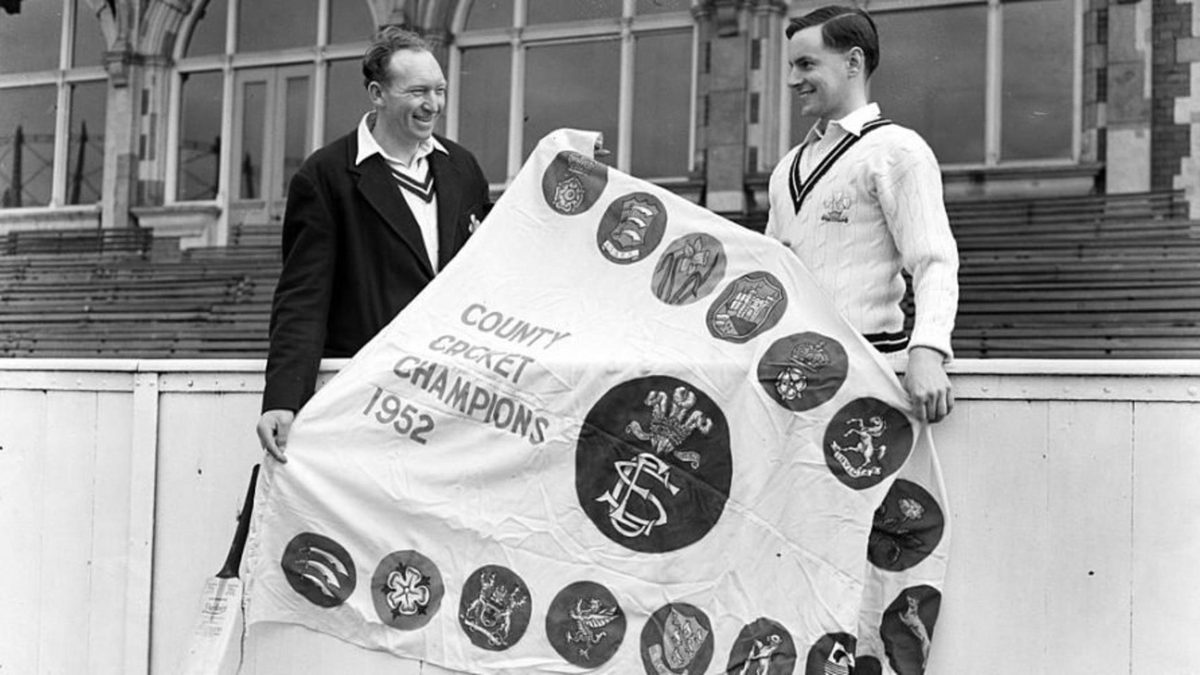
After 38 years without an outright Championship title win, Surrey reeled off seven on the bounce under their indomitable captain Stuart Surridge. Paul Edwards looks back on a team that combined star quality and unbreakable spirit.
First published in 2016
August 25, 1954. It is half-past five on the first day of Surrey’s match against Worcestershire at the Oval. Having dismissed the visitors for a mere 25, Stuart Surridge’s side are 92-3 in their first innings. Peter May and Ken Barrington are batting very well on a difficult wicket when they catch sight of their captain, Surridge, on the dressing room balcony. He is declaring. “He didn’t have a gin and tonic at tea, did he?” May asks Barrington. Other players suggest that Surridge has gone mad.
But the skipper is neither pissed nor potty. He explains to his team as he leads them out for 50 minutes in the field that rain is forecast. The pitch remains spiteful and an hour into the second day Worcestershire are bowled out for 40. Surrey have clinched a hat-trick of County Championships. It is to be the third of seven successive titles they will win, five of them under Surridge.
It was the best of times, it was the best of times. Indeed, the 1950s was the least revolutionary decade of the century. Rationing ended in 1953 at a time when wages were outstripping prices. “It was inescapably apparent that more people could afford a decent standard of living,” is the historian Peter Clarke’s judgement on the era. It was a time of consensus politics and Conservative governments.
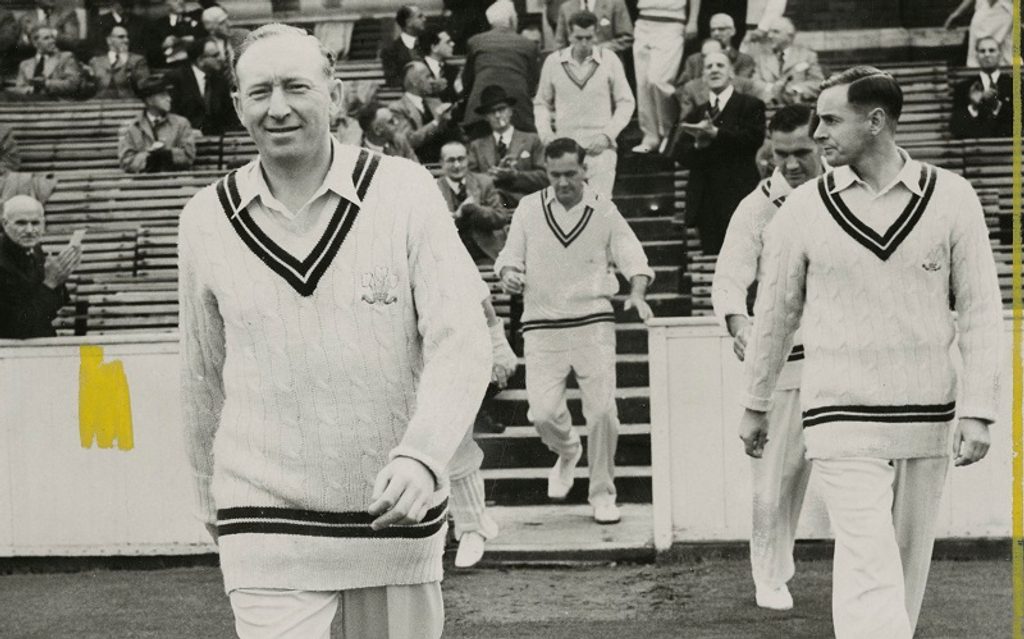 Stuart Surridge leading his team out for a County Championship fixture at The Oval in September 1956
Stuart Surridge leading his team out for a County Championship fixture at The Oval in September 1956
As so often, cricket adjusted itself to the social temperature of the nation. The 1950s was the last decade before the introduction of the limited-overs formats and in each of Surrey’s Championship-winning years, the 17 counties played 28 three-day games each. It was a fine time to be a cricket-loving Londoner living south of the Thames. All of which helps to explain why the future prime minister, John Major, spent so many of his summers watching Surridge’s great team. “What I recall is that Surrey always seemed to win,” he writes, “and that in the early evening the Oval always seemed bathed in sunshine and shadow.” The aspic of nostalgia? Up to a point, perhaps. The summers of 1954 and 1956 were actually among the wettest of the century, although that made little difference to Surrey’s cricketers. They won the title whatever the weather.
Surrey’s dominance is easily explained: they had the best players in the country or, at least, more of the best players than any other side. They had Alec Bedser, Peter Loader and Surridge to use the new ball, and Jim Laker, Tony Lock and Eric Bedser to bowl spin. That gave Surrey the best bowling attack in the country and if the top-order batting was a little light on star names by comparison, it still possessed cricketers of the quality of May, Barrington and the young Micky Stewart, who made his debut in 1954.
But it was Surridge who turned a side into a team, as Essex’s Dickie Dodds explained: “At one time Surrey seemed to have 11 captains, but all this ended abruptly when Stuart Surridge took over. Stuart was a large man in every way. He had a large frame, a large heart, he bowled large swingers and he cracked the whip. Without question he was the boss. He led from the front and gave his orders, reprimands, encouragement or praise in language as spoken in the Borough Market.
“This is not to say that the Surrey players stopped chuntering as they batted, bowled, and especially as they fielded; it was that they now had a skipper who understood their chuntering and could orchestrate it and blend it into a harmonious, constructive whole. Through it all Stuart Surridge remained himself, and his own man, and that was perhaps his secret.”
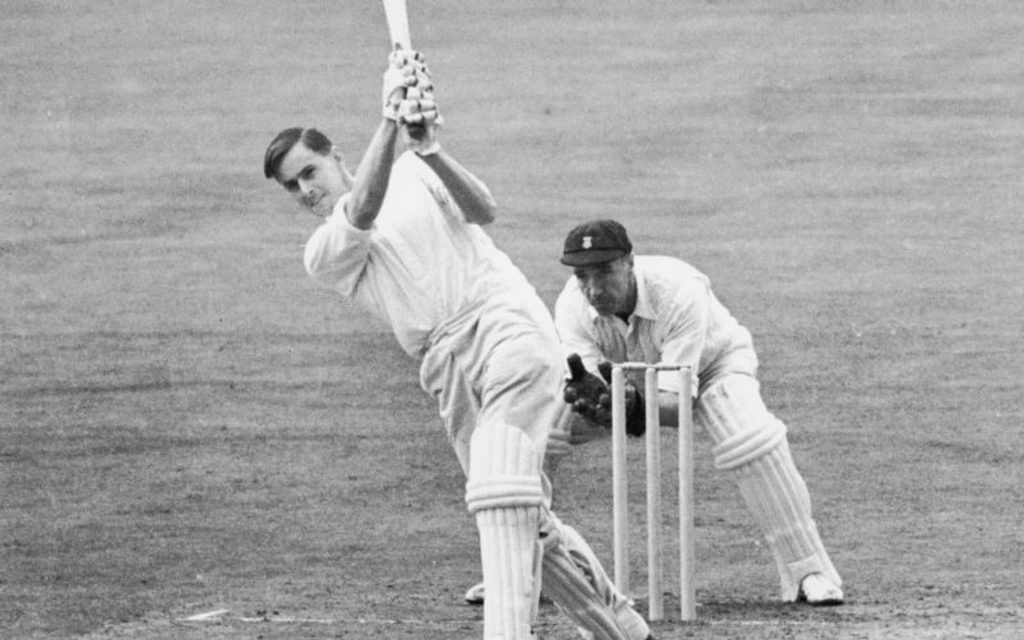 Peter May scored over 14,000 runs for Surrey
Peter May scored over 14,000 runs for Surrey
Surridge was appointed to lead a Surrey side which, in 1951, had finished sixth in the County Championship. The county had shared the title with Lancashire in 1950 but had to look back to the innocent summer of 1914 for their last outright win. While many people thought that unacceptable given the talent available, few were surprised by Surrey’s under-achievement. However, the new skipper had already learned a valuable lesson from Brian Sellers, under whose leadership Yorkshire won six Championships, five of them in a seven-year period in the 1930s. After Surrey had dominated a match against Yorkshire only to lose it, Surridge had mourned, “We were winning but you turned it round on us”. He received a blunt response: “Remember one thing lad, it’s no bloody good being second.”
Surridge salted Sellers’ comment away and pondered how he might inculcate similar ruthlessness at the Oval. For his part, Yorkshire’s skipper might have regretted being so free with his trenchant advice. In the five years Surridge was Surrey captain, Yorkshire were ‘no bloody good’ on three occasions.
Surridge effected changes both off and on the field. Although he used then amateur dressing room, he travelled with his players to away games and stayed in the same hotels. He also drank with them after close of play. After all, he might have reasoned, they were all members of the same team.
Such changes in Surrey’s social routine gave Surridge greater authority when he demanded improvements on the field. The clearest transformation was in the standard of the fielding, which is arguably where a team’s degree of unified purpose is often most easily measured. Ground fielding, for example, is rarely accorded any mention in the scorebook or match reports, yet it is one of the areas where one player can most obviously support a colleague. Likewise, close catching is a skill where the fielder has to trust the bowler and work with him. In this latter respect Surridge was both a captain and a leader, never asking anyone to field in a position that he would not occupy himself.
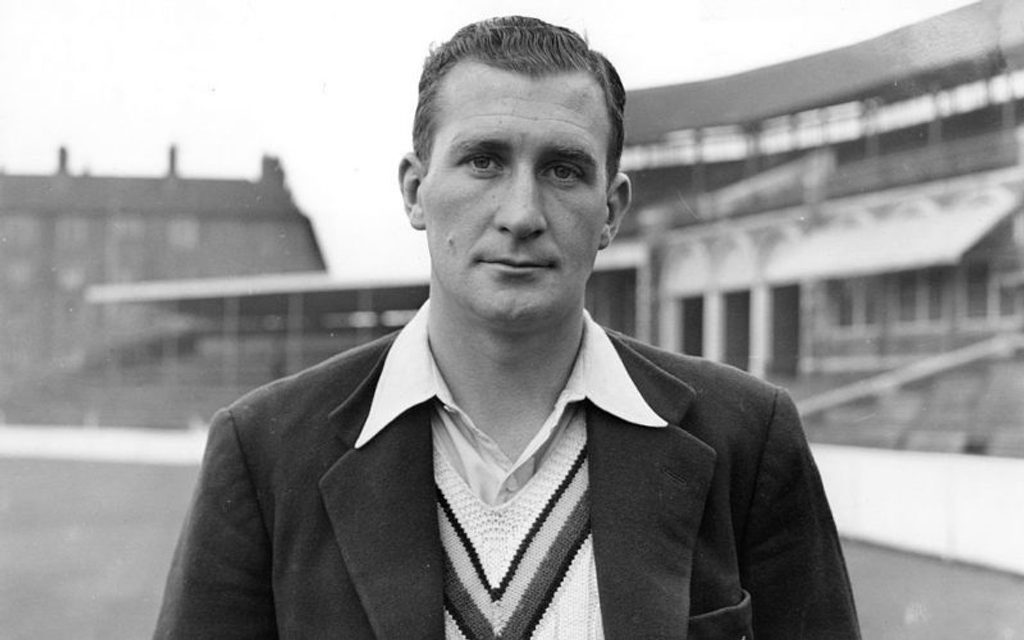 Jim Laker took an astounding 628 wickets in Surrey’s seven Championship winning seasons
Jim Laker took an astounding 628 wickets in Surrey’s seven Championship winning seasons
This was, of course, still the era before helmets. While cricketers in the 1950s saw every reason to protect their testicles, the value of guarding their brains had not occurred to them. Surridge, brave almost to the point of hog-whimpering lunacy, led the charge and his extraordinary close catching in his first year as captain attracted the following comment from a slightly astonished Wisden correspondent: “His ability in this direction resulting in the acceptance of some catches which might be regarded by many cricketers as bordering upon the impossible, at times exerted an unnerving effect upon opposing batsmen and paved the way to more than one of the 20 victories.”
Micky Stewart’s reflections are even more useful in helping one understand what it was like to play under Surridge. “When we went to field under Stuey, it was like going over the top out of the trenches,” he said. “But he led by example. As a close fielder he set the standard for everybody. He’d stand there in the field bawling orders.”
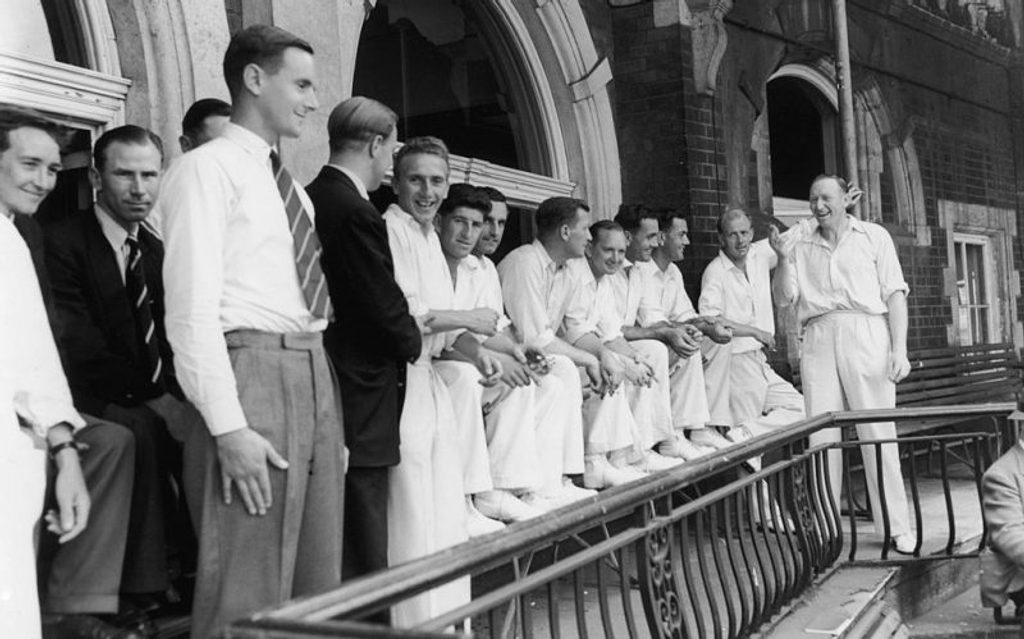 Stuart Surridge (far right) and his team celebrate their fourth successive County Cricket Championship triumph at the Oval in August 1955
Stuart Surridge (far right) and his team celebrate their fourth successive County Cricket Championship triumph at the Oval in August 1955
Before long, Surridge’s leadership acquired legendary status. If his players followed him out of loyalty, they may also have felt a degree of curiosity as to where the hell he was going. Yet they always followed, and never more faithfully than in the rain-wrecked 1954 season when, with 10 games left to play, Surrey were a modest eighth in the table. And if second was no bloody good, what was eighth?
At Cheltenham, Gloucestershire were 98-2 at lunch on the final day, needing a further 173 runs for victory. The weather was miserable and rain threatened. The start of the afternoon session was delayed and Surridge responded by staring angrily at the dark clouds, as if telling them to bugger off. The cricket captain as King Canute of popular mythology but without the apocryphal humility. It worked, though. Somehow the umpires were persuaded that conditions were playable and Gloucestershire lost their last eight wickets for 17 runs, five of them to Surridge, who was bowling off a short run, and the other three to Alec Bedser. Ten minutes after victory was secured torrential rain flooded the ground.
Surridge was a captain more at home with the barked command than the polished speech. When Surrey won the title in 1952 he stood on the pavilion balcony at the Oval, pointed to his teammates and said: “There are the boys. What more can I say?” Surridge’s approach ensured that while there were unquestionably great players in his team – Alec Bedser, Peter May and Jim Laker, for example – there were no stars. Fine batsmen like Bernie Constable, student of the game and superb fielder, received the credit that was due to them, as did the wicketkeeper Arthur McIntyre, less flashy than Godfrey Evans for sure but, so many still argue, just as good.
Surridge also ensured that the standards he had fostered were not cast on the four winds when he retired in 1956. Surrey won the title in the following two years under May’s leadership. In their seven seasons of dominance, Surrey played 196 County Championship matches, winning 121 and losing 28. They were not invincible partly because Surridge’s focus on winning also risked defeat and partly because there were some other very good teams around.
Yorkshire succeeded Surrey as champions in 1959 and proceeded to add another six titles in the next nine seasons. The Sussex and England wicketkeeper batsman Jim Parks played against both counties. “I think the Surrey side were the best side I played against,” he said. “Give them a seaming wicket and they could bowl on that. Give them a turning wicket and they could bowl on that. Their batting line up was good. Everything was right.”








